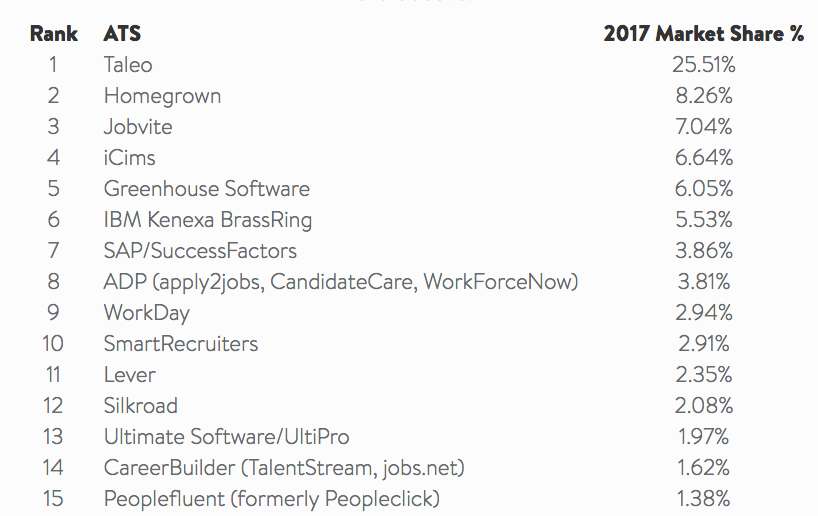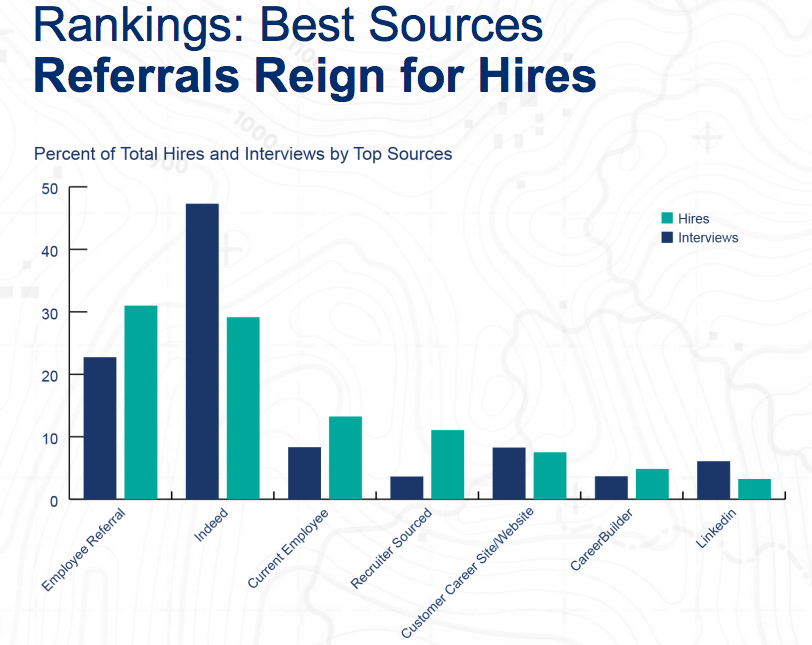This week on T3 I review the end to end talent acquisition platform Ascendify. Ascedify currently is a cloud-based platform that is completely mobile and social enabled, combining all of your talent acquisition technology needs in one platform. Ascendify is also adding talent management to its platform as well and you’ll soon get performance management and employee development as well.
Ascendify can run your complete TA tech stack – ATS, CRM, recruitment marketing, onboarding, etc. If you already have an ATS you love, or you’re stuck with, Ascendify can run all the parts of your TA tech stack that are missing on your ATS, with current integrations with Taleo, Workday, Kenexa, etc.
So, what does Ascendify do? All the stuff you read about, but can’t make happen with your ATS alone! Ascendify allows you to run your own talent communities, helps you run your employment branding and recruitment marketing, engages and nurtures prospective candidates, gives you one-click apply, source tracking, multiple forms of messaging candidates, create multiple landing pages for hiring events you have, and built in employee referral, to just name some of the functionality!
What I liked about Ascendify:
– It’s built for Global enterprise talent acquisition. High security, scalable to multiple locations, divisions, different employment brands, etc.
– Easily build out talent communities based on gender, veteran status, diversity, locations, etc.
– Ascendify will help you build and re-design your career site to better use this level of technology. You’ll be driving a Ferrari, you can’t just park it out on the street!
– You can have and build separate employment brands within your organization, but still, share candidates between the brands and divisions. Super flexible and supportive of each employment brand, which letting you all work together within one system.
– Ascedify is designed so that your TA team will spend their entire day within one system to post, communicate, source, pipeline, market, etc.
– Tag candidates under ‘champion’ status giving one who interviewed a silver or bronze medal status based on finishing as a runner up in the process, knowing those who finished second and third are many times still really great candidates who barely missed out, and then we forget about them!
What I liked most about Ascendify is they know they have a big, giant sophisticated platform they are offering you. You’ll go from horse and buggy to a rocketship! That’s pretty scary, and difficult! So, they also work hand-in-hand to help you build it all out, and show you how to use it and how to kick your competition’s butt using it!
When you purchase a piece of TA technology like this, it’s a big investment in resources and time, and it’s critical you pick a vendor that isn’t just selling you the technology, but is also selling you the talent acquisition expertise to help you build out your ‘new’ TA strategy, because that is what will happen if it’s done right!
They are an enterprise level Talent Acquisition technology to be sure. If you’re a TA leader looking to modernize your processes Ascendify is definitely a technology you need to demo.
T3 – Talent Tech Tuesday – is a weekly series here at The Project to educate and inform everyone who stops by on a daily/weekly basis on some great recruiting and sourcing technologies that are on the market. None of the companies who I highlight are paying me for this promotion. There are so many really cool things going on in the tech space and I wanted to educate myself and share what I find. If you want to be on T3 – just send me a note – timsackett@comcast.net



